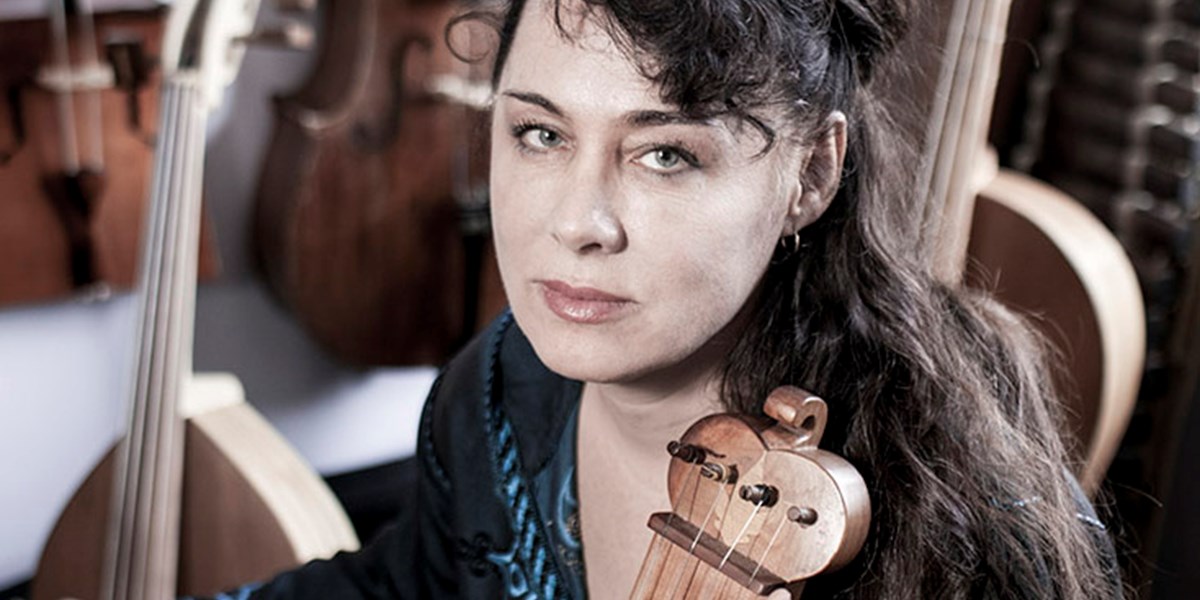Tuesday, August 10, 2021
Suka | Musical Instrument Guide (with Maria Pomianowska)
Doyenne of the Polish knee-fiddle, Maria Pomianowska, speaks to Simon Broughton about evolving her instrument's repertoire


Register now to continue reading

Thanks for visiting the Songlines website, your guide to an extraordinary world of music and culture. Sign up for a free account now to enjoy:
- Free access to 2 subscriber-only articles and album reviews every month
- Unlimited access to our news and awards pages
- Our regular email newsletters

